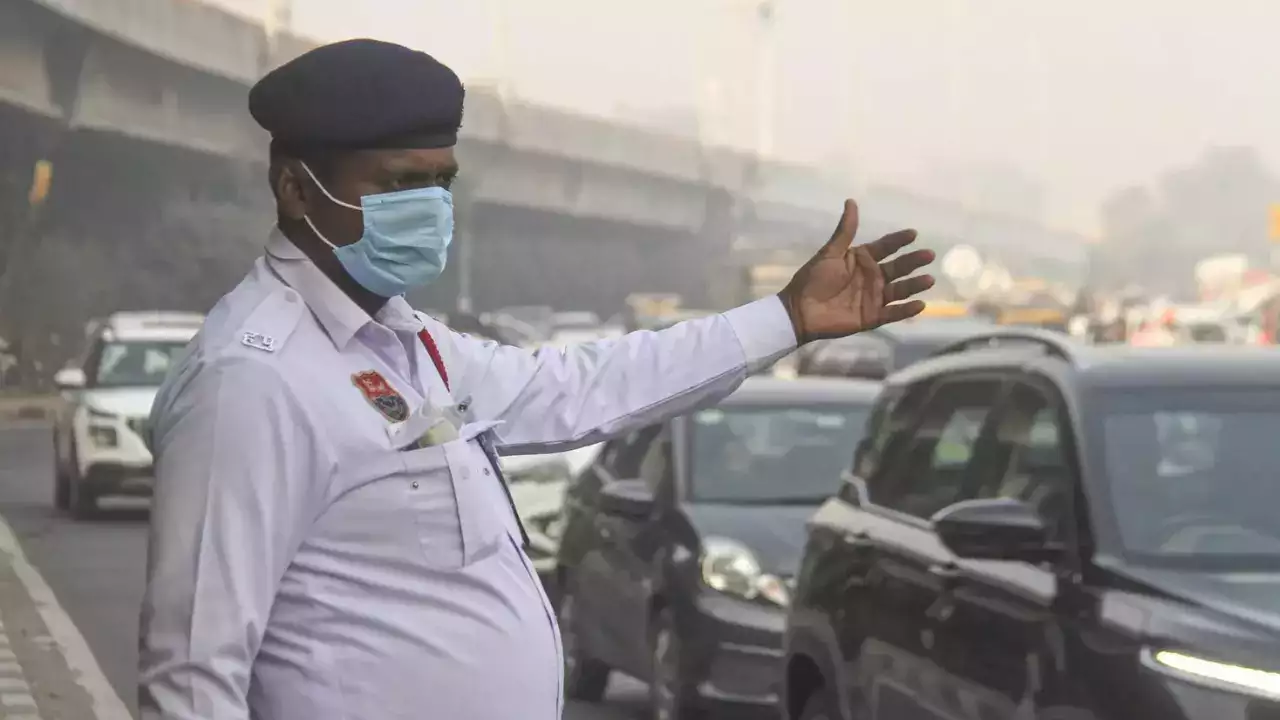1.3 lakh e-challans issued per day since September 2019 for traffic offences

According to data from the e-challan portal of the ministry of road transport, state traffic police and transport departments have imposed fines totalling approximately INR 35,860 crore. However, only INR 14,298 crore has been collected, which is close to the current budget of the Municipal Corporation of Delhi (MCD). More than INR 21,500 crore in fines remain pending, with over half of the e-challans still unresolved.
The data also shows that five states — Tamil Nadu, Uttar Pradesh, Kerala, Haryana and Delhi — account for nearly 70% of the total e-challans issued. Telangana, one of the last states to implement e-challans, only began this year.
“The actual number of traffic violations are in multiples of the number of e-challans issued by traffic police and transport department officials. That’s why there is increased focus on CCTV-based surveillance of traffic offences and automatic generation of challans,” an official said.
Recognising the importance of electronic enforcement for road safety, the Supreme Court directed all state govts in Sept to take immediate steps to implement electronic monitoring. It also instructed states and UTs to decide on using electronic enforcement devices for issuing challans and to ensure that fines for traffic violations are based on footage from these devices.
Global experience shows that traffic rule violations decrease when there is a high probability of getting caught for every offence. Robust, objective surveillance, enforcement, and education can help reduce violations, crashes, and fatalities when used together.

